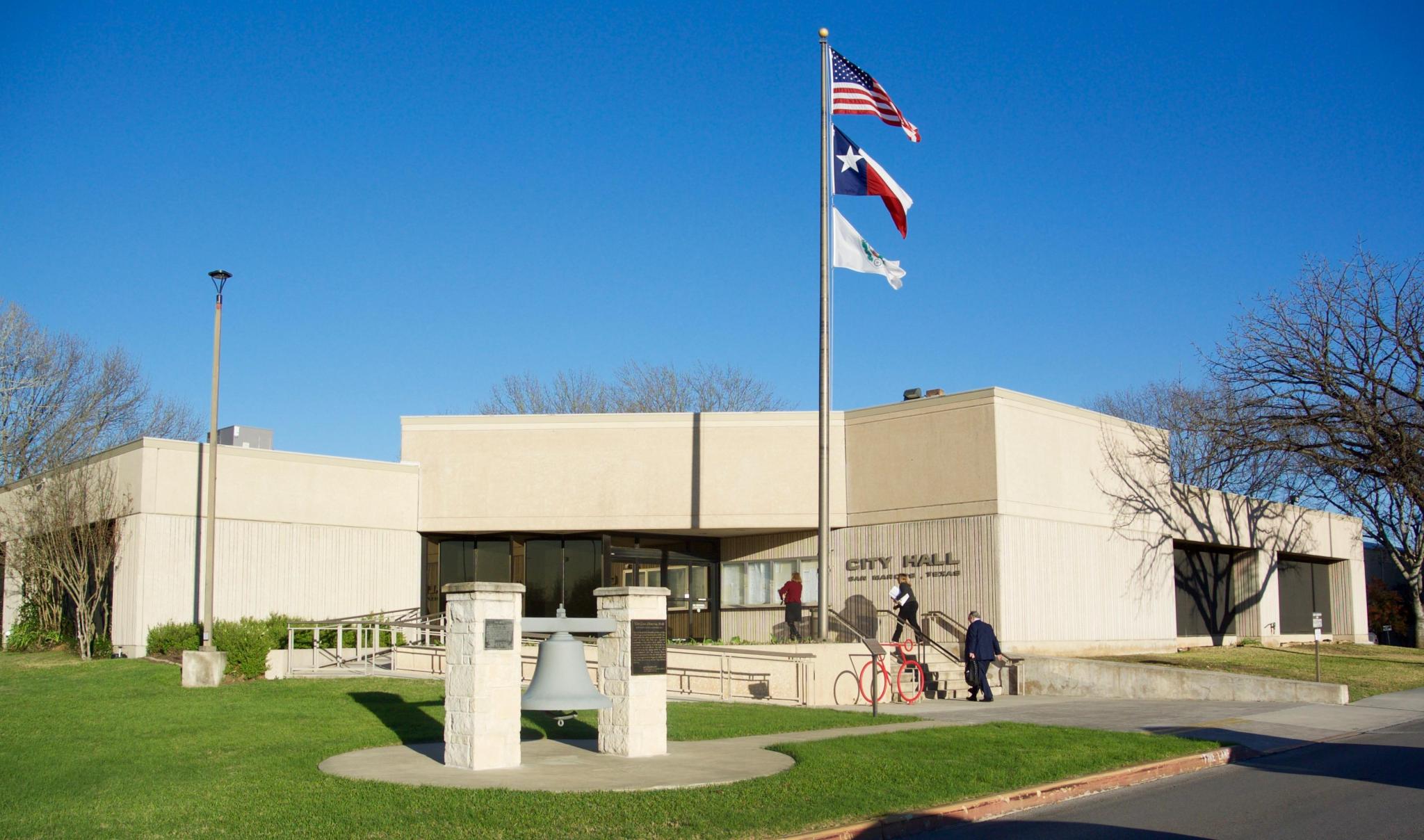
PSA change hits snag on way to council
If the Planning and Zoning Commission gets its way, developers will not be able to submit preferred scenario amendment (PSA) requests year round.
At its meeting Tuesday night, the commission voted to deny a recommendation for an amendment that would allow PSA requests all year long. Currently, the city accepts PSA requests twice a year: once in the spring and once in the fall. According to the P&Z agenda, the city council directed city staff to amend the process to allow year-round submissions out of concern that the waiting period could hinder smaller developers.
At its meeting Tuesday night, P&Z heard comments from several members of the public urging the city to keep the current PSA request limit in place.
“Please be fair to the community,” Camille Phillips said as she asked the commission to table or deny the amendment. She pointed out that city residents can only file a request to speak at a meeting on the day of the meeting, “but we might allow the developers to file to change our map at any time.”
Thea Dake also spoke against the removal of the limited schedule for PSAs. She said she believes the premise behind the desire to accept PSA requests was to attract smaller developers to come in and build workforce housing. However, she said, there is no way to be sure that developers will be smaller ones providing more affordable housing options instead of student housing, and there is no way to ensure that developers will build what they say they are going to build.
“I’d just like to slow this train down a little bit,” she said, adding that she would like to see historical surveys and small neighborhood areas completed before developers get “unlimited access and amendments to continually change what they say they’re going to do.”
Diana Baker also mentioned the incomplete historical survey and small area plans.
“And right out of the box, we’re going to start making amendments … that will affect the people who are already here,” she said. “... One of the things I want you to remember is we pay taxes. We bought our houses not knowing that all these changes are going to happen. … We’re going to have to be constantly on guard for this.”
Planner Will Parrish gave the presentation on the proposed amendment to the code, noting that the amendment would remove the limit on PSA requests within existing neighborhoods and in medium- and high-intensity zones.
Commissioner Angie Ramirez spoke about being on P&Z in the days before the twice-a-year limit.
“There was a time when ... a lot of really big density changes were happening pretty rapid-fire. And there were a lot of things put in place because of that, because of some of the fallout of that,” she said. The Preferred Scenario Map was one of the additions made.
“It’s one of the few things that I’ve seen be put into place that the community as a whole can understand,” Ramirez said, noting the plan’s usefulness to both commissioners and the public at large. “The only thing I can see through considering this, that has any merit at all in changing something that’s been so useful, would be, does it slow down smaller-scale development and affordable housing? Does it hinder those developments at all? Because it was really targeted towards lots of rapid-fire, big-change development.
“We have yet to be presented with any evidence that it is having that effect. If it is, I want to know it,” she said, adding, “I have zero interest in changing this in any way that affects a large, multi-million-dollar development.”
Ramirez made the motion to deny the recommendation to eliminate the twice-a-year limit.
Commissioner Jim Garber remembered fighting the slew of PSAs as a resident before the twice-a-year limit was put in place.
“There was a time when it seemed like constant bombardment of PSAs,” he said. “For a group of citizens … it consumed our lives.”
Garber said that after the limit was put in place, “The chaos at that level came to a screeching halt,” although changes in the city council and P&Z might have accounted for some of the calm.
He asked planner Will Parrish if the twice-a-year process has resulted in the loss of any projects. Parrish said that prior to the passage of Code SMTX, developers often came to the city wanting to build smaller developments that would have required PSA amendments to go to medium-density, or even multifamily developments looking to scale down.
“With the adoption of the new code, we added the neighborhood density districts that can be requested,” Parrish said. “... We have seen some of those previous projects that were not able to move forward because of the PSA process be able to move forward with the neighborhood density districts.”
Under the current code, he continued, the only time PSAs are limited to twice a year is changes that are requested in existing neighborhoods or that involve a change to a medium- or high-intensity district.
“It sounds like this proposal is attempting to solve a problem that I don’t see any clear evidence that it exists,” Garber said.
The motion to deny the recommendation passed unanimously.











